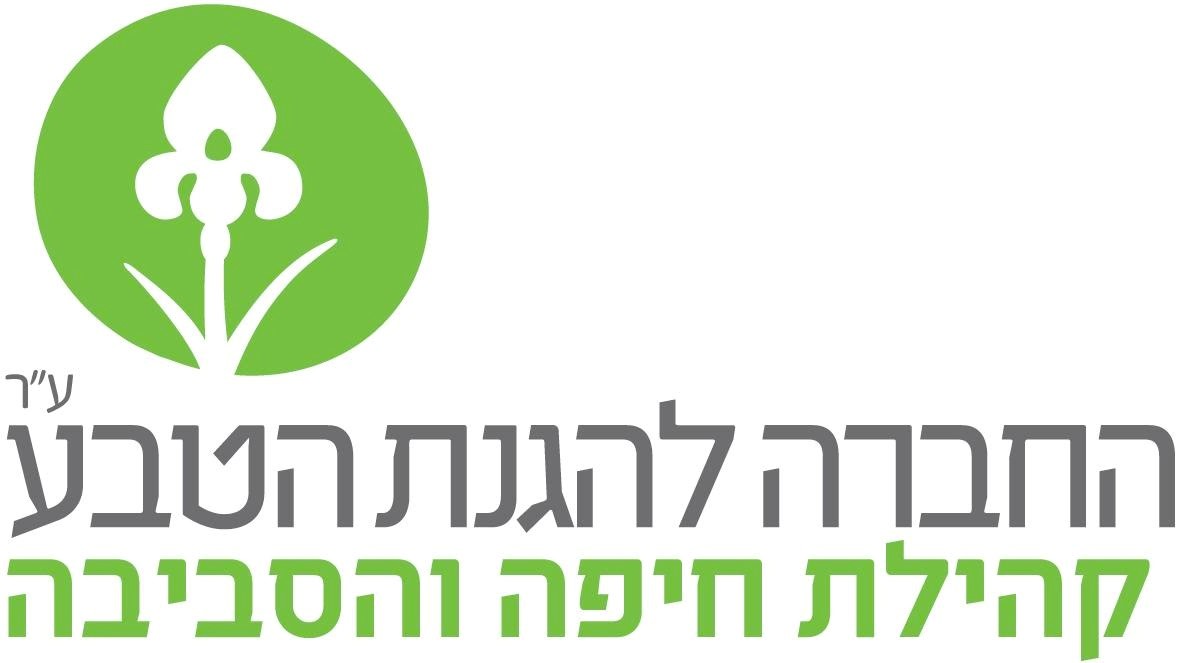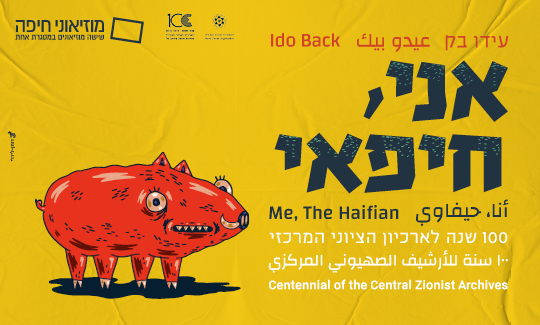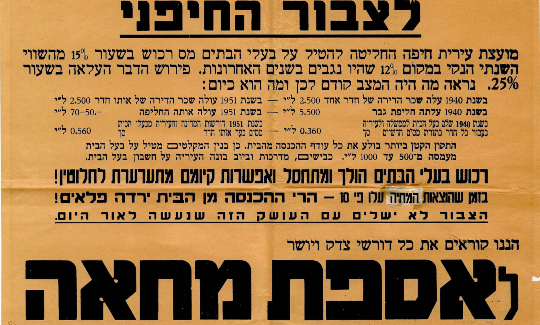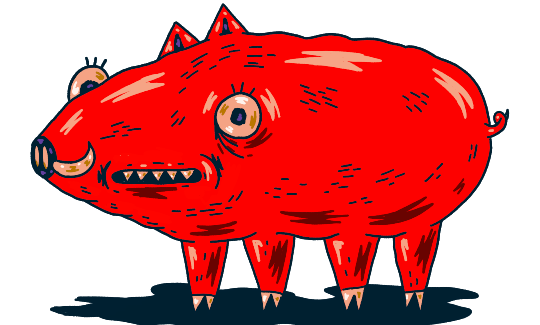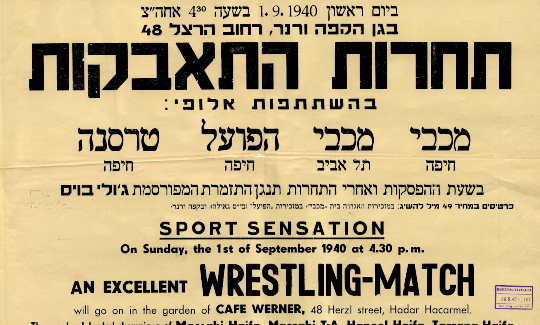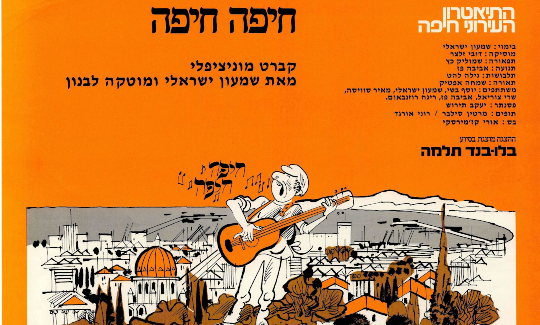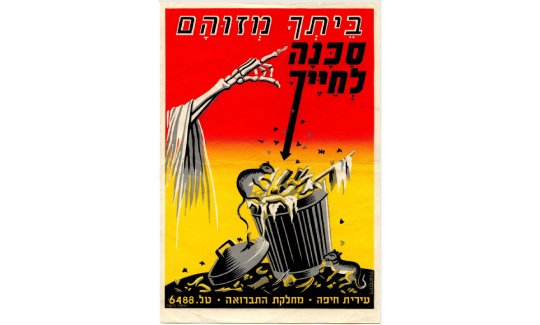"Me, the Haifian"
Thursday, 25.06.20, 19:00
Saturday, 19.06.21
:
Yifat Ashkenazi
More info:
04-6030800
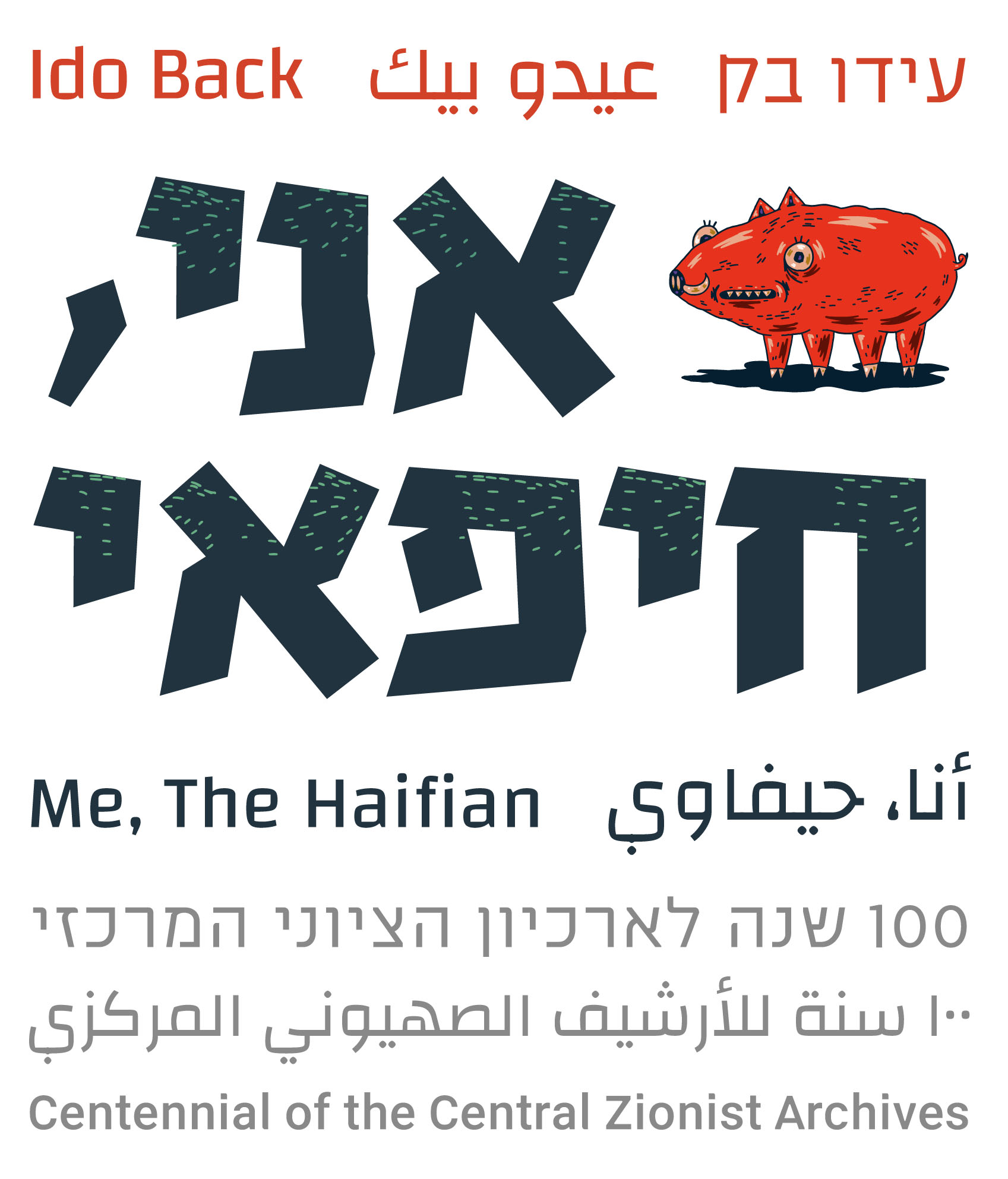
The Centennial of the Central Zionist Archives
The Central Zionist Archives in Jerusalem are the historical archives of the Zionist Movement and its institutions – the World Zionist Organization, the Jewish National Fund, the United Jewish Appeal, and the Jewish Agency – and the institutions of the Zionist Yishuv in Palestine. The archives contain documents, photographs, posters, maps, newspapers, and more. All these reflect the sentiments, the doubts, the decisions, and the actions that were part of the development of the Zionist Movement and the Yishuv and served as the foundation for the establishment of the State of Israel. The CZA was founded in 1919 in Berlin, moving to Jerusalem in 1933, where it has remained since then.
In honor of the CZA's centennial, a number of exhibitions in museums throughout Israel will present materials kept in the archives. The Haifa City Museum has chosen to focus on the collection of Haifa posters and broadsides preserved in the archives. The collection affords an opportunity to learn about daily life in Haifa, about the different ideologies that characterized different periods in the life of the city, and about local graphic designers and printing houses.
The poster collection contains about 6,000 items from the 1920s to the present day; the collection of broadsides contains about 35,000 items. These collections reveal the issues at the center of the discourse between different bodies and organizations and the general public. In addition, they acquaint us with the outstanding graphic designers who created these items over the years. The exploration of these documents offers a unique way of telling the story of a developing urban space through a variety of spheres and aspects: the city's neighborhoods, the different groups inhabiting it, conflicts and collaboration between its residents, cultural and sporting activities, and more. In the exhibition's second part, artist Ido Back presents a contemporary, relevant response to the collection of Haifian posters and broadsides.
Ido Back
Me, the Haifian
Ido Back (b.1988) was born and raised in Haifa. He holds a bachelor's degree in visual communication from the Bezalel Academy of Art and Design and a master's degree in visual communication from the Berlin Weissensee School of Art. As a student in Berlin, Back developed a video game called "Me, the Stranger," describing his life story and experiences as a Haifian. His journey to Berlin took him back in time, and the game he created allowed him to express 31 years of personal and public experiences.
For this exhibition, Back developed the game further, turning it into an entire room describing Haifa's urban history. These two histories – Back's and the CZA's – are fused into one exhibition, one game, one comprehensive experience describing Back's journey through his native city, as well as the shared journey of the city's residents then and now. The room becomes a nocturnal space in which the people of the city are asleep and its animals venture out into the streets – a kind of urban "night watch." Thus, by means of the video game, the animation, and the animal characters, the city of Haifa is revealed from a new, original perspective.
The exhibition's two spaces present an urban expanse seen in two and three dimensions, through which visitors can learn about Haifa's past, present, and, perhaps, the city's future. The exhibition seeks to honor the impressive collection of posters and broadsides kept in the Central Zionist Archives, and to illuminate Haifa's uniqueness by means of a new and relevant interpretation of the historical collection.
Posters from the Central Zionist Archives
The CZA's poster collection comprises some 6,000 items from the 1920s to the present day. The posters contain impressive artistic motifs employed by the period's artists and designers. They served as a relatively inexpensive way of communication with the general public. The posters were intended to convey messages and information throughout the city and to draw the attention of the viewer through their bright colors and original compositions.
The posters, printed for the most part on large sheets, were hung on street notice boards and addressed numerous and diverse subjects. They are a window on the life of the city, its culture and character, while also attesting to their own function as an effective advertising tool. The posters teach us much about the emotional way in which messages were conveyed at the time, and about the period's most important social values. Over the years the art of poster design has become a specific field within the world of graphic design. The posters can thus be examined not only with regard to their contents, but also with an eye to their style and design.
Pashkevils (Broadsides) from the Central Zionist Archives
The CZA's collection of broadsides contains some 35,000 items. These documents present information to the public through verbal means, and, unlike the posters, do not contain graphic elements or illustrations. They were published on behalf of various bodies and organizations, such as the Haifa Municipality, the local authority, a specific political party, a government bureau, etc. – and hung on the city's notice boards. The information appearing in them usually contains official notices which the organization in question sought to transmit in full. The issues are numerous and diverse, informing us of the period in which the broadsides were produced and constituting the city's "linguistic landscape."
The term "linguistic landscape" refers to the visibility of language on signs and notices in a specific public space. The linguistic landscape is intended to shape the character of the urban space, particularly in areas or cities inhabited by a diverse population speaking different languages. The broadsides distributed in Haifa marked the territory of the important institutions where power was concentrated. Their power allowed these institutions to widely disseminate the dominant language and the major decisions affecting the city, and thereby to express their control of the urban space.

